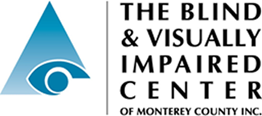Low Vision
Low vision is a partial loss of sight (also referred to as partially sighted or visually impaired). It is often a loss of visual acuity or sharpness, but may also be a loss of side vision or extreme difficulty with light or glare. Low vision exists when functional vision cannot be adequately corrected with eyeglasses, contact lenses, medications or surgery.
Legal Blindness
Legal blindness is a level of visual impairment that has been defined by law to determine eligibility for benefits. The term Legally Blind identifies an individual whose central visual acuity is 20/200 or poorer in the eye with better vision when wearing best correction.
Legally Blind also applies to those individuals that may see better than 20/200 but have a limitation of their peripheral vision. Limitation of peripheral vision may be defined as a visual field diameter of 20 degrees or less in the eye with the larger visual field or a mean deviation of -22dB or greater in the eye with the better visual field.
